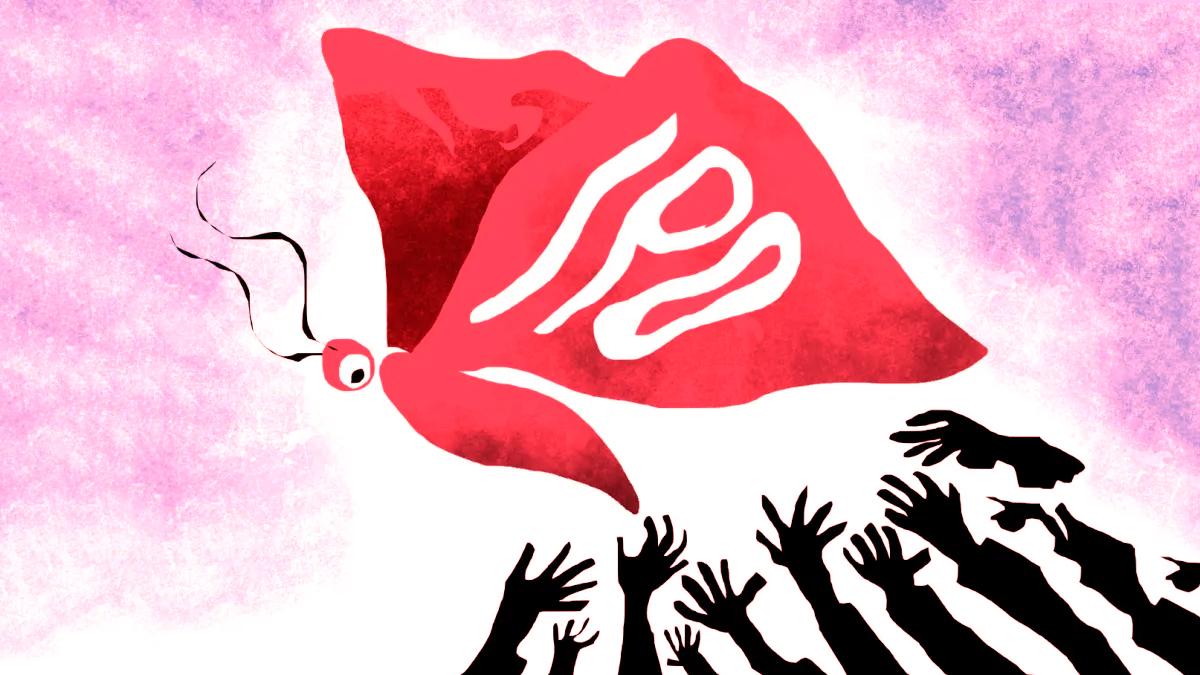The cumulative amount that companies filing their DRHPs this year are looking to raise is Rs 1.6 trillion, compared to Rs 1 trillion during H12024..

The filing of draft red herring prospectuses (DRHPs) picked up pace during the first half of 2025, reflecting continued optimism among promoters to list, thanks to the attractive valuations on offer.
In the first half of 2025, 118 companies filed offer documents, compared to 52 during the same period in 2024.
The cumulative amount that companies filing their DRHPs this year are looking to raise is Rs 1.6 trillion, compared to Rs 1 trillion during H12024.
Among the marquee companies filing offer documents this year are Groww, Pine Labs, Waterways Leisure Tourism (which operates Cordelia Cruises), Lalitha Jewellery Mart, Canara Robeco Asset Management, and PhysicsWallah, among others.
Several companies have also taken the confidential filing route for initial public offerings (IPOs), a newly introduced mechanism that allows companies to keep their DRHPs private until they firm up their IPO plans.
The DRHP, a preliminary document filed ahead of an IPO, contains key disclosures, including the share offer size, financial statements, and risk factors.
While filing for IPO has continued at a robust pace, the number of mainboard IPOs during the first half of 2025 shrank to 24 from 36 during the same period in 2024.
Experts say the robust filing suggests the second half of the year will see large-scale issuances, provided the markets remain supportive.
The IPO market was tepid in the first four months of 2025, with only 10 companies raising Rs 18,704 crore, before activity picked up in May and June.
March marked the first month in nearly two years without a single IPO, while April saw just one deal.
A selloff in the secondary market beginning in October 2024, driven by slowing corporate earnings and valuation concerns, led to a slowdown in the IPO market.
However, companies continued to file offer documents even in months when there were no IPOs.
An IPO, according to bankers, is typically an 18-month process, with the preparation of the DRHP and approval from markets regulator Securities and Exchange Board of India (Sebi) taking about six months, followed by another 12 months to launch the deal.
Because of this long window, issuers wanted to remain prepared for more stable market conditions.
“FPI (foreign portfolio investor) selling intensity had increased for a few months till March, and there were concerns around corporate earnings and tariffs (announced by US President Donald Trump).
“Now that those concerns have receded, FPIs have become net buyers again, domestic flows remain strong, and companies are proceeding with their IPO plans.
“Moreover, public market valuations are very attractive,” said V Jayasankar, managing director, Kotak Investment Banking.

The remainder of the year is likely to be more robust than the first half, and the momentum is expected to continue in terms of both issue launches and filings.
“With sentiment now improving, I expect at least a similar number of DRHPs to be filed in the second half as well.
“An IPO is the eventual goal of most venture capital- and private equity-backed startups.
“We will see several more new-age companies filing DRHPs going forward.
“According to our data, there are at least 70 startups that have announced their intent to go public but have not yet filed,” said Pranav Haldea, managing director, Prime Database.
Feature Presentation: Ashish Narsale/Rediff




